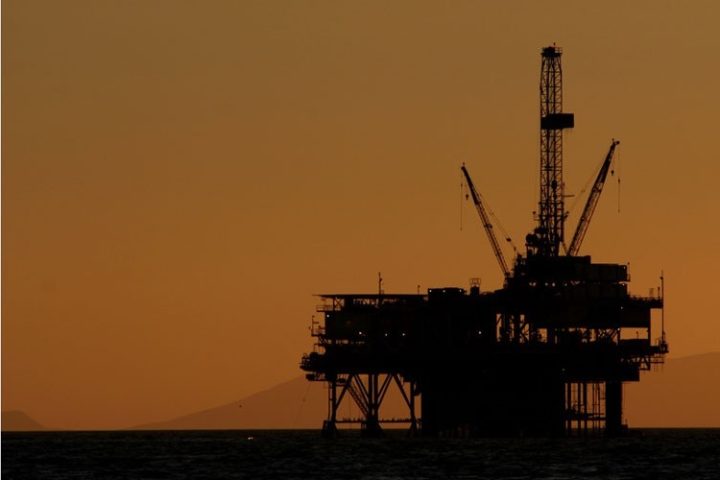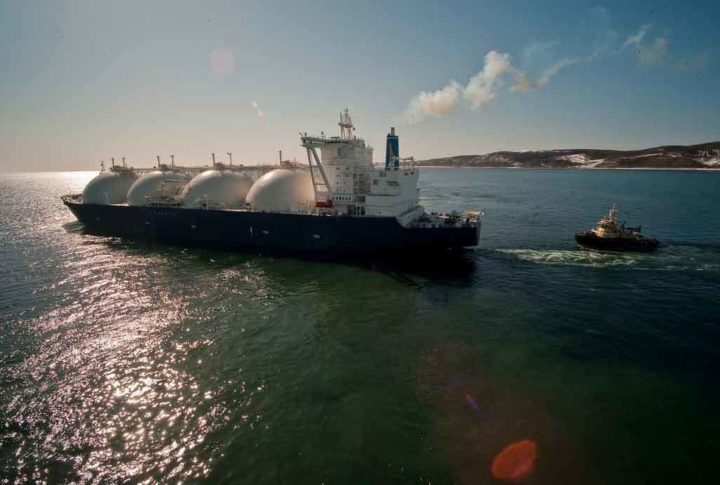Gas shortage highlights challenge for Government
Gas deficit warning during coal snap puts focus on Government policy, says Jonathan Marshall
By George Smeeton
Share
Last updated:
The events of last week will likely be referred to for years. Warnings that ‘the gas is running out’ has ignited a fire under groups calling for greater energy efficiency, beneath the fracking lobby and across UK heavy industry that relies on a secure supply of energy.

But how did we end up in this state? For years the UK was awash with gas – piping it out of the North Sea and saving enough during the summer to satiate even the highest winter demand.
Arbitrage – the act of buying and selling commodities in different markets – has been a mainstay of the gas sector since privatisation. Traders and utilities would mop up cheap gas in the summer and sell it back in the winter. This system worked according to a fairly basic formula: as long as the cost of gas in the winter was higher than the cost of buying it and the cost of storing it, traders were onto a winner.
As such, by September or October each year, the UK’s gas storage would be full to bursting. This represented not only a huge pile of cash for those lucky enough to own the gas, but a source of energy security for the UK – billions of cubic metres of gas which could be called upon at a moment’s notice to keep our homes warm, our cookers running and our industry going.
Liquid gas rules
However, the emergence of a global LNG market has impacted this decades-old game. With the risk of a tanker docking just days before planned withdrawal of gas from storage and crushing the wholesale price, traders have been unwilling to take on the risk of owning gas for a few months that could end up chalking up a loss on their books.
As a result, the spread (the difference between the price of gas in the summer and in the winter) has plummeted, pushing the outcome of the earlier formula closer and closer to zero. The incentive to lock away gas in domestic storage has fallen, and along with it, the revenue storage sites can earn from traders.
It is this loss of revenue that likely convinced Centrica that the investment needed by the UK’s largest gas storage site – Rough, which sits off the coast of Yorkshire – was not worth it. Coupled with a ‘hands-off’ approach from a Government happy to fall back on global reserves, the site is now on its way out of service.
The decision to allow Rough to close was not without detractors, pointing out that the lack of domestic storage left the UK open to price shocks, and that they would ultimately feed through to higher bills for UK homes and businesses.

And while the LNG market ensures there is a surfeit of natural gas around the world, the need to load it onto tankers that traverse oceans ensure that it cannot be called upon at a moment’s notice. This is clearly shown by the impending arrival of a Siberian tanker – enough to replenish used stocks, but one that was unfortunately bobbing around in the sea when it was needed.
In rather timely fashion, the Government is set to discuss a strategy for UK gas storage in the coming weeks. Despite having been accused of meddling in electricity markets for years, now it will be facing calls to change its laissez-faire outlook to gas, and bulk up domestic storage sites ahead of cold winters ahead. Without sufficient value from the market, these will require government support. But while the UK remains chronically over-reliant on natural gas, this may be a price worth paying.
Dr Jonathan Marshall is Energy Analyst at the Energy and Climate Intelligence Unit (ECIU). This blog first appeared on BusinessGreen.
Share